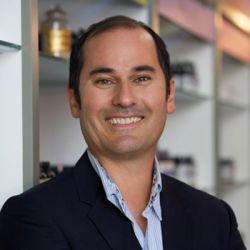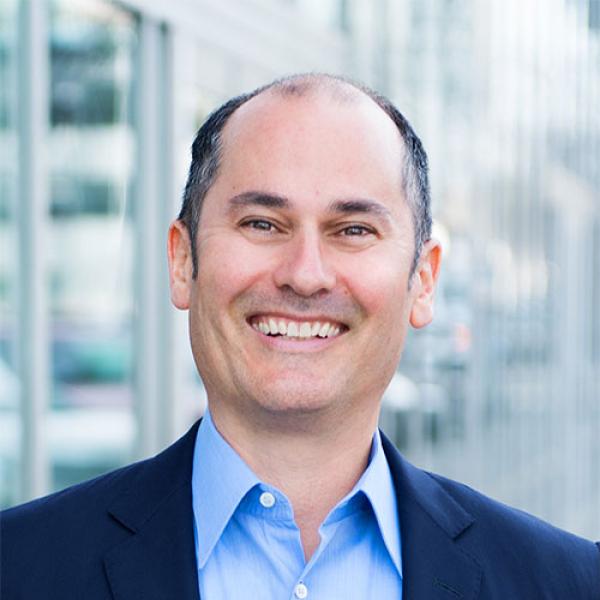

Three topics I’d like to cover today:
- SIBO and how it fits into an overall functional medicine plan
- Histamine
- Four different types of treatment
- These next few weeks in the Kalish Community advanced clinical rounds call we’re discussing SIBO and its role in our practices. We led off with a lecture by Dr. Allison Siebecker to introduce us to her work (more which can be found at her fantastic website siboinfo.com). Several practitioners in our group have 50% of their patients testing positive for SIBO and so have developed many tools to sort through this complex and perplexing issue. Questions such as how to best test for SIBO and how and most importantly when to treat it. The basic clinical model I teach of working on lifestyle, adrenals and basic GI treatments for parasites, bacteria (non-SIBO issues) and yeast we all agreed still holds water in the face of SIBO. Meaning one can still, even with a severe SIBO patient, start with the basic adrenal and GI treatments, working up to SIBO treatments if and when necessary. Clearly we all see in our practices that the most severe of the severe GI cases we work with require several rounds of treatment often spanning the course of a year or more and here is where we find SIBO plays its most important role.
That being said we also discussed our “average” GI cases, those with heartburn, IBS and other GI problems that have not progressed to the level of severity seen in the worst chronically ill cases and for those folks, many don’t require SIBO testing or SIBO treatments since there problems are simply not that advanced and will clear with our more basic protocols taught in the six month mentorship.
More to come on SIBO, one of our doctors is a pediatrician who works with children with advanced GI problems and I’ll be very interested to hear more about her work in the coming weeks and will pass this information on.
- Our favorite MD from Bolivia, truly a pioneer in his own country approaching his patients with a functional medicine focus has brought up the subject of histamine and many other practitioners including NP’s, DC’s and acupuncturists have chimed in about their personal and professional experiences using low FODMAP diets. Wow, that has been exciting, what an amazing tool. The book, “Understanding Histamine Intolerance & Mast Cell Activation”: by Mariska de Wild-Scholten seems to be quite popular for this issue and is a quick fix for some of our complex patients who seem to be progressively getting more and more reactive to foods. The discussion has spilled over to the Kalish Community and if you are interested you can read more about it there and interact with our experts in applying this dietary treatment. What I love most about our community is the variety of training we all have and the level of sharing that takes place. We can have an MD in Bolivia lead a discussion picked up by an NP on the east coast and brought to clarity by an acupuncturist and chiropractor in California!
This is interdisciplinary collaboration at its finest. And on our Q and A calls when we have people with strong backgrounds in pharmacology (pharmacists, MD’s and NP’s) sharing their personal experiences with people with strong backgrounds in structural work (DC’s, PT’s and DO’s) and then that all gets run through the lens of energy medicine/traditional Chinese herbal and acupuncture <
/a>treatments, that is what we all need. All these disciplines working together for a common understanding of how to best treat our patients. Where else could I, as a chiropractor, spend an hour each week and interact with a psychiatrist, a pediatrician, two pharmacists, three PT’s, five chiropractors and five acupuncturists, an RD and an amazing group of ND’s, all looking at the same issue but bringing so much experience and knowledge to the table.I feel fortunate to have this community, I guess I built it, but that’s kind of beside the point, I feel fortunate to have this community because I finally have one I always wanted for my practice. Colleagues with a shared vision and with a varied skill set to make me a better practitioner and be able to offer far safer and more effective treatments to my patients.
3.
Four types of treatment refers to a new model I am developing for patient education purposes. Over the years I’ve been practicing functional medicine I came to accept, blindly really, the precept of “treat the root cause” “find and treat the underlying cause” which is a mantra in this work. But then I realize also we have patients that want symptomatic relief and looking back on my earliest years of training in clinical nutrition and natural medicine I was highly focused on quick symptomatic
relief. My original office manager Maryanne used to call me, “Dr. Dan the miracle man” because I was extremely good at relieving patient symptoms quickly. Dash of progesterone cream here and splash of enzymes and probiotics there and people would often walk out of my treatment room “miraculously” cured. Of course these “cures” didn’t last very long and of course all their problems would just come back later, but in the beginning of one’s practice honestly who cares. I was so nervous about just getting people to feel better the luxury of “finding the underlying root cause” of their health problem was way beyond my comprehension.
Now, so many decades later I have an appreciation for both sides of this equation and want to propose a four tiered treatment model:
- Underlying Cause
- Physical damage triggered as a result
- Body systems impacted
- Symptoms
So for example, we have a patient who is overweight, tired and depressed. They want to have lose weight, boost their energy and eliminate their mood problems. We in functional medicine land want to
figure out what’s driving all this, is it a toxin or a food allergy or an infection? In addition to the causative agent we have the results, the immediate results to the physiology of that patient. Issues that are body-wide, like inflammation and oxidative stress. Then we have body systems impacted like adrenals and GI. Then finally we’re back to their symptoms.So it looks something like this:
Cause Result/damage to physiology Body Systems SymptomsEmotional stress Adrenals Overweight
Gluten Inflammation GI Tired
Parasitic infection Heartburn/constipation
#1 Treat the Cause #2 Treat the damage #3 Treat systems #4 Treat symptomsMeditation Curcumin 1 capsule 2x day DHEA Enzymes
Gluten Free Diet Pregnenolone Probiotics
Parasite Treatment Leaky gut repair
We can offer four levels of treatment. Level One addresses the underlying causes, meditation, gluten free diet and parasite treatments fit the bill for this category. Curcumin for the inflammation going on everywhere in the body. DHEA, pregnenolone and other adrenal support coupled with a leaky gut repair program for the Body Systems issues and some digestive enzymes, probiotics and carnitine for
weight loss and relief of GI symptoms. The key is knowing where you are. Are you treating a symptom? That’s fine as long as you are aware that is the zone you are in. If you are treating symptoms and you are not aware of the underlying causes or at least attempting to figure that part out, then you’ll end up in trouble, like Dan the Miracle Man was, with great short term results and boatloads of return patients who have either their old symptoms coming back or new ones popping up since the underlying issues were left unaddressed.
